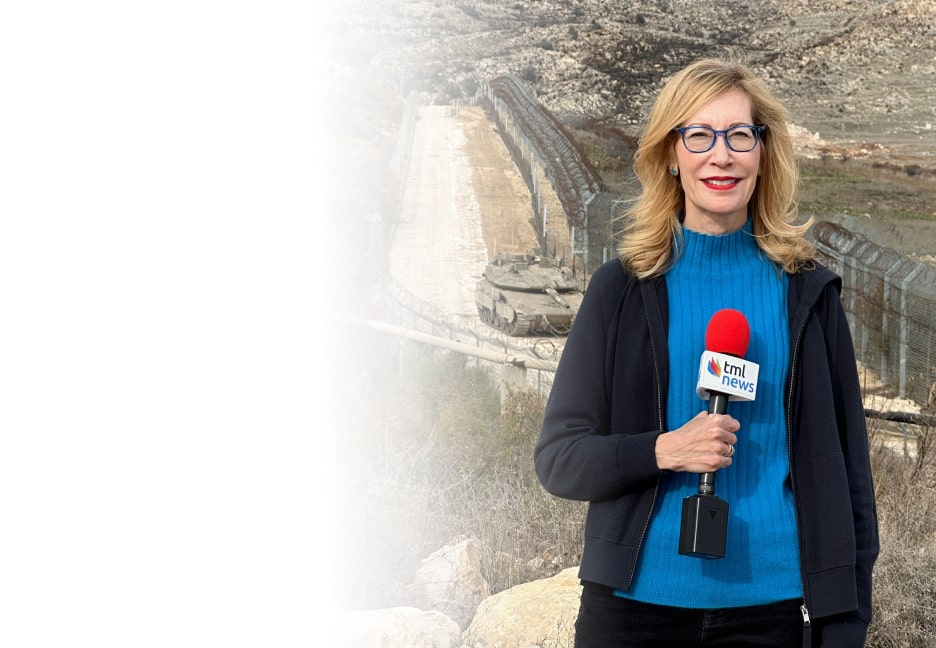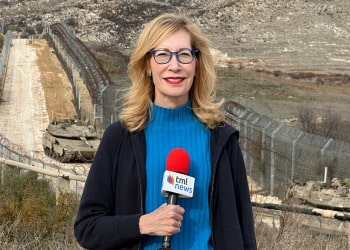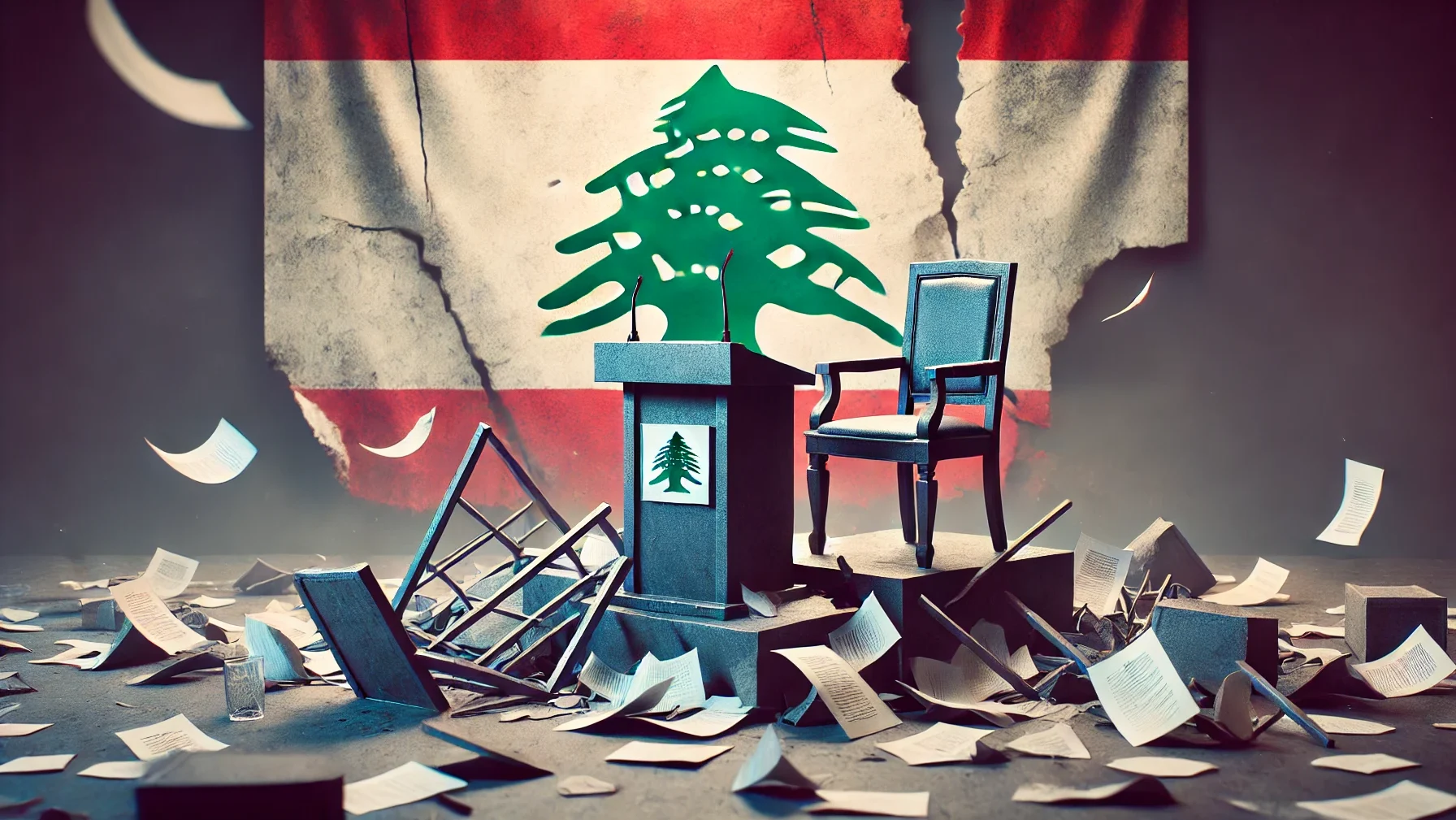Regional Implications of Nasrallah’s Assassination
Maariv, Israel, September 29
There is no charismatic leader in Lebanon capable of stepping into the shoes of the now-assassinated terrorist figure Hassan Nasrallah. His death delivered a severe blow to the Iranian resistance axis, comparable to the impact of Qasem Soleimani’s assassination four years ago. What are the repercussions of this significant loss for Hezbollah in both the Lebanese and broader regional context? Domestically, as the smoke from Hezbollah’s failed war against Israel clears, the organization will face serious accusations: It has brought calamity to the land of the cedars. Hezbollah’s downfall will undoubtedly weaken its political influence in Lebanon. Hezbollah’s primary adversaries, notably the Sunni and Maronite Christian factions, will likely seize the opportunity created by this power vacuum. Within the Sunni camp, the March 13 coalition will attempt to reassert itself in Lebanese politics, continuing the legacy of Rafic Hariri, assassinated by Hezbollah in 2005. Their strategy hinges on forging alliances with moderate Arab states, such as Saudi Arabia and the wealthy Gulf countries. The Hariri family’s connections could play a pivotal role in rescuing Lebanon’s beleaguered economy. The Maronite Christian camp, led by the Lebanese Forces (spearheaded by the Gemayel and Geagea families), will aspire to restore their erstwhile leadership of the country, reminiscent of the early years of Lebanon. The Maronites will aim to regain the influence eroded during the civil war era since the 1970s, hoping to repatriate affluent Christians who fled to South America to restore the lost demographic balance. To achieve these goals, they will leverage their historical ties with the West, particularly France. As for the Druze community, Walid Jumblatt, leader of the Progressive Socialist Party and known for his political maneuvering, might align with the rising powers if he senses a deep crisis within the March 8 camp, led by Hezbollah. There is hope that the blow to Hezbollah will mirror the transformative events of 2005, when Syrian occupation forces withdrew from Lebanon, potentially heralding the end of Iranian influence in the country. Within the Shia community, a significant crisis is anticipated. Questions will inevitably arise about whether the heavy price paid for Hezbollah’s war of attrition in Gaza was justified. The conflict has resulted in hundreds of thousands of refugees, widespread destruction in the southern countryside, the burning of agricultural fields central to the Shia economy, and countless wounded and dead. The community will demand answers for the stark contrast between Nasrallah’s threats against Israel and the actual outcomes on the ground. In the short term, Nasrallah may be venerated as a “martyr” or “imam” with mourning marches held in his memory, akin to the religious ceremonies commemorating Hussein bin Ali. However, Nasrallah’s legacy will be marked by terror, destruction, poverty, and misery, in stark contrast to the more positive legacy of Musa al-Sadr, who opposed armed conflicts and promoted the political and material advancement of the Shia community, serving as a moral and spiritual beacon. In Syria, Hezbollah’s weakening could destabilize the Assad regime, though it is uncertain if this will lead to his downfall. It is likely that Hezbollah will have to withdraw its forces from Syria to consolidate its strength in Lebanon against domestic rivals. This could benefit opposition forces, currently celebrating Hezbollah’s decline. The opposition, primarily based in Idlib and supported by Turkey, has a presence throughout Syria. Recently, opposition strength has grown in the south, near the borders with Israel and Jordan, where Assad’s control has waned. Hezbollah’s diminished presence in Syria will undoubtedly impact the Syrian stage, compelling President Bashar Assad to hasten efforts to bolster his military. Iran may try to fill the void in Lebanon by deploying Shia militias from Iraq, but these forces cannot match Hezbollah’s prowess. Assad’s Russian allies are preoccupied with the Ukrainian conflict. Fortunately for Assad, the opposition remains weakened by a decade of civil war and internally divided between secular and Islamist factions. Meanwhile, in Saudi Arabia, there will likely be renewed focus on the Houthi insurgency along its southern border—Yemen’s version of Hezbollah, known as Ansar Allah. Despite a cease-fire reached with the Houthis in early 2023, they continue to pose a threat to Saudi Arabia, casting doubts over the truce’s durability. The Saudi leadership may revisit why their military coalition failed to defeat the Houthis during the prolonged conflict from 2015 to 2023. Despite the extended warfare, the Houthis, supported by Iran and analogous to Lebanese Hezbollah, emerged relatively unscathed. In light of Israel’s decisive strike against Hezbollah, the Saudis might consider strategic cooperation with Israel to deal with this threat. The Iranian resistance axis is now reeling from a substantial blow. The collapse of the Syrian army a decade ago, along with additional setbacks for Hamas and Hezbollah, has further weakened the axis. In the immediate circle, only the Houthis in Yemen and the Iraqi militias remain, both of which are geographically distant from Israel and pose less of a threat. Hezbollah has been exposed as a paper tiger in the face of the IDF’s military-technological superiority. Iran’s four-decade-long investment in Hezbollah has now gone up in smoke. The Shia community in Lebanon will question why Iran abandoned them at their most critical juncture. Where was the axis of resistance when Israel targeted Hezbollah’s leadership and displaced hundreds of thousands of Shias from southern Lebanon and the Beqaa Valley? The Iranian leadership will need to reflect on how they allowed Hezbollah to collapse so dramatically without any intervention. It should be noted that Iran retaliated directly against Israel following the assassination of a single Iranian diplomat in April. Now, Iran stands almost isolated against Israel. Israel’s successful strike against Hezbollah sends a powerful message to the United States and its regional allies: Do not fear the threats from the Iranian axis, and strike back with full force while Iran remains at a military and technological disadvantage. It is imperative not to hold off until, heaven forbid, Iran achieves nuclear capability. —Dr. Yaron Friedman (translated by Asaf Zilberfarb)
This holiday season, give to:
Truth and understanding
The Media Line's intrepid correspondents are in Israel, Gaza, Lebanon, Syria and Pakistan providing first-person reporting.
They all said they cover it.
We see it.
We report with just one agenda: the truth.



